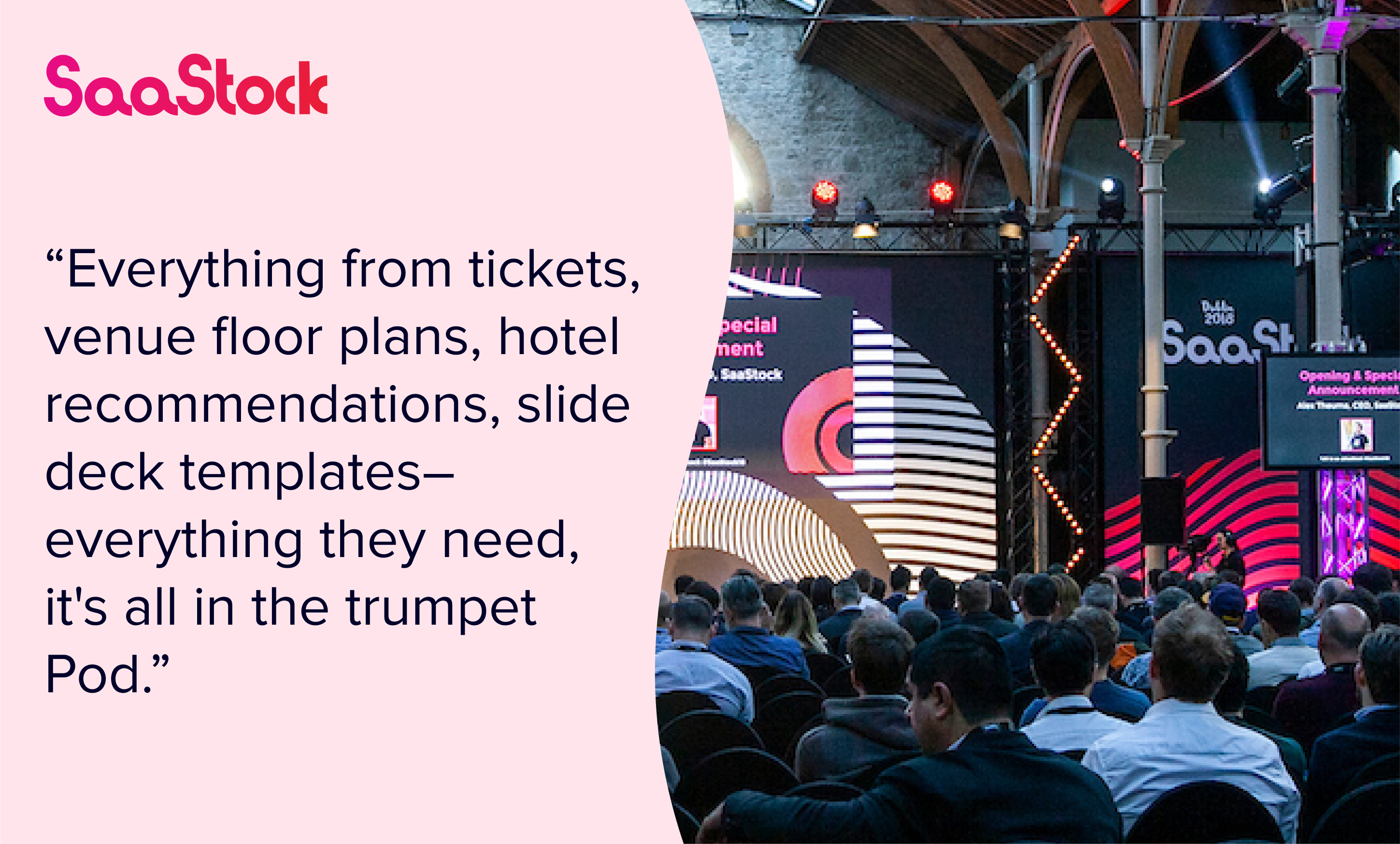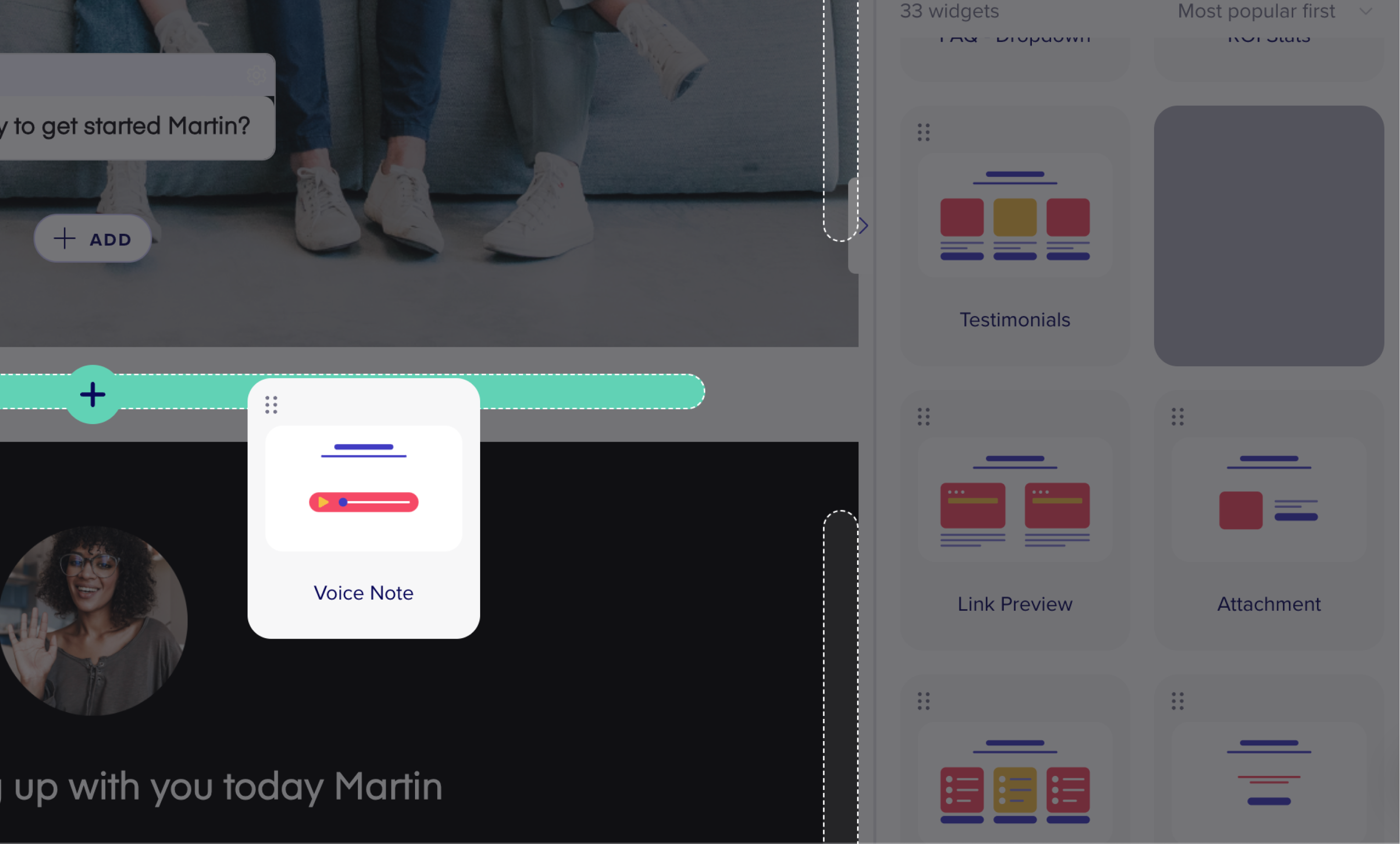What is customer onboarding?
Customer onboarding begins the moment a client signs up for your service or purchases your product. It involves teaching customers how to get value from your product or service through step-by-step tutorials, how-to guides, and other informative content. It's the ultimate welcome package!
As part of "customer success," the process works proactively to deliver value. Rather than waiting till a new user has a question, customer onboarding solutions answer common questions, explain key features, and highlight the potential of your product or service.
Why is customer onboarding important? Because customers who obtain value from a product or service and who feel supported have much higher rates of customer satisfaction, brand loyalty, and advocacy. They're not just another user; they're your word-of-mouth marketer. And, of course, customer churn rates will plummet.
The onboarding journey usually involves a few key steps:
- Welcome and Introduction: This often includes a welcome email or message thanking the customer for choosing your product or service and providing them with an overview of what to expect next.
- Account Setup and Configuration: Guiding customers through setting up their account or configuring the product to meet their specific needs. This can involve step-by-step tutorials, video guides, or direct assistance from customer support.
- Education and Training: Offering resources and training materials to help customers understand how to use your product or service effectively. This can include webinars, instructional videos, FAQs, and user manuals.
- Support and Resources: Providing easy access to customer support and additional resources to help users when they encounter issues or have questions. This often involves support via phone, email, live chat, and a knowledge base.
- Feedback and Follow-Up: Soliciting feedback from customers about their onboarding experience and using this feedback to make improvements. Follow-ups can also ensure that customers are satisfied and fully utilising the product or service.
Key strategies and best practices
Building a customer onboarding strategy is the first step to higher retention rates and better customer relationships. But before you begin, you'll want to establish a few clear goals:
- Encourage users to use your product multiple times in the first week or two.
- Explain the basics of your product and hint at more advanced features.
- Make your product irreplaceable.
Read most guides on the subject, and they'll provide an onboarding checklist. Common items include welcome emails, product or service orientation, user account setup, etc. While some of these items are important, customers can suddenly feel they're a cog in a machine. Gone is the human support and personalisation present throughout the sales cycle.
Indeed, your strategy should always be personalised to each customer's specific needs and goals. Use the data you have about your customers to personalise everything from the content to their welcome message. Such customisation is hard to achieve if you rely on email as your primary communication medium.
trumpet's digital sales rooms (DSRs) work much better – not only providing continuity between the pre- and post-purchase phases but also allowing companies to quickly swap out old sales-related content for handpicked onboarding sections related to the customer in question.
Personalisation is only one part of a solid strategy, however. You should also:
- Streamline the Process: Simplify the onboarding journey to ensure it's clear, intuitive, and free of unnecessary steps. A straightforward process helps customers start using your product or service more quickly and with less frustration.
- Offer Comprehensive Training and Resources: Provide accessible, diverse educational materials like tutorials, webinars, and FAQs to support different learning styles. Ensuring customers understand how to use your product or service effectively is crucial for their success and satisfaction.
You might also want to provide a sense of progression. Progress bars and milestones, in one sense, gamify the process, encouraging customers to finish what they start. But they also inform users how much further they have to go. Mutual action plans for client onboarding can be created and added to our DSRs – so customers can tick off each item as they progress.
- Ensure Easy Access to Support: Maintain open, responsive channels for customer support across multiple platforms (e.g., email, live chat, phone). Quick and helpful support during onboarding can alleviate concerns and improve the overall experience.
- Gather and Act on Feedback: Regularly solicit and utilise customer feedback to refine and improve the onboarding process. Demonstrating that you value and respond to customer input can enhance loyalty and trust in your brand.
It's tempting to automate much of this process. After all, the customer has already paid and can figure out how to use your system alone. That's a mistake. Maintain a balance by offering human support when it's most needed, such as answering complex questions or providing personalised advice. Most customers may only use this service once or twice – but simply knowing it's there goes a long way.
One final factor to consider:
- Foster a Community: Encourage new customers to join your community, whether it's a forum, social media group, or another platform. A sense of community can provide additional support, facilitate knowledge sharing, and enhance customer loyalty.
Strong brand communities reduce the load on customer onboarding and success teams, allowing users to answer each other's questions. However, it also boosts brand loyalty – think of companies like Linux or Adobe.

.png)
.jpg)
.png)
.png)
.png)
.png)




.png)


.png)

.jpg)



.jpg)
.png)
.png)
.png)


.png)

.png)
.png)

.jpg)
.png)
.png)
.png)



.png)


.png)

.png)
.png)
.png)
.png)
.png)